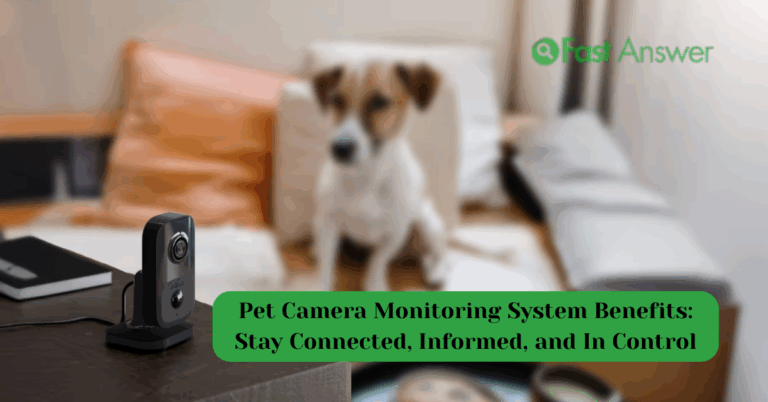Pet First Aid Essentials for Emergencies: Be Ready When Every Second Counts
Emergencies can happen in an instant, and when your pet is in distress, having the right first aid essentials on hand can make all the difference. Whether it’s a cut, a burn, poisoning, or sudden illness, the first few minutes are critical. Being prepared doesn’t require a medical background just the right knowledge and tools. This guide is designed for pet owners who want to feel more confident and capable in handling the unexpected. Discover how to prepare a pet first aid kit, what to include, and how to react in high-stress situations while waiting for professional veterinary care.
Why Every Pet Owner Should Build an Emergency First Aid Kit Now
You don’t plan for emergencies they just happen. But being unprepared can turn a manageable situation into a crisis. A proper first aid kit for pets isn’t just a box of supplies it’s peace of mind. From gauze and antiseptic to tweezers and digital thermometers, these tools help you stay calm and take action. Having your kit ready and accessible can save valuable time and ease suffering while you contact your vet or rush to an emergency clinic. It’s a simple step that can truly save lives.
Know the Signs: When to Act Fast and What to Watch For
Recognizing the early signs of distress is just as important as having the tools to respond. Sudden vomiting, seizures, difficulty breathing, or excessive bleeding require immediate attention. But don’t ignore subtler signs like extreme lethargy, pale gums, or unsteady movement. Keeping a log of your pet’s normal behavior and vital signs can help you spot issues faster. Trust your instincts if something feels off, it usually is. Quick action can reduce pain, prevent complications, and sometimes mean the difference between recovery and tragedy.
Must-Have Items to Keep in Your Pet Emergency Kit
You don’t need an elaborate setup just the right items in one organized container. Essentials include gauze rolls for bleeding, hydrogen peroxide for wound cleaning (or inducing vomiting when advised by a vet), adhesive tape, blunt scissors, and antiseptic wipes. Include a muzzle or soft restraint for safety, since injured pets may react unpredictably. A flashlight, tick remover, and an extra leash or collar are also smart additions. Don’t forget your vet’s contact info, a pet health record, and any emergency hotline numbers in case you’re traveling or can’t reach your regular clinic.
How to Stay Calm and Take Control in Emergency Scenarios
During emergencies, your pet will look to you for comfort even when they’re in pain. Staying calm is your first and most powerful tool. Speak in a soothing voice, avoid sudden movements, and focus on one task at a time. Use your first aid supplies to stabilize your pet, not to treat the condition fully. Your goal is to reduce risk and keep them safe until help arrives. Practice basic skills like bandaging or splinting ahead of time so you’re not learning under pressure. Confidence comes from preparation and your pet needs you to be ready.
Emergency Prep for Travel, Natural Disasters, and Outdoor Adventures
Emergencies don’t just happen at home. Whether you’re hiking with your dog, traveling with your cat, or sheltering during a storm, you need to think mobile. Prepare a travel-size version of your first aid kit with collapsible bowls, extra water, and any medications your pet may need. Include a blanket for warmth or carrying, and ID tags or microchip info in case you get separated. Make sure your pet carrier is secure and accessible. Every outing becomes safer when you’ve accounted for the “what ifs.”
FAQs
Can I use human first aid products on my pet?
Some items overlap, but never use human pain relievers or medications without a vet’s approval they can be toxic to pets.
How do I check my pet’s vital signs in an emergency?
Learn to check heart rate, respiratory rate, and gum color regularly so you can spot abnormalities quickly.
Should I take a pet CPR or first aid class?
Yes, basic training can equip you with lifesaving skills and build confidence for real emergencies.
What should I do if my pet is choking?
Stay calm, open the mouth gently, and remove visible obstructions. If unsuccessful, contact a vet or emergency clinic immediately.
How often should I update my pet’s emergency kit?
Check your kit every six months for expired items, outdated information, or changes in your pet’s health needs.




